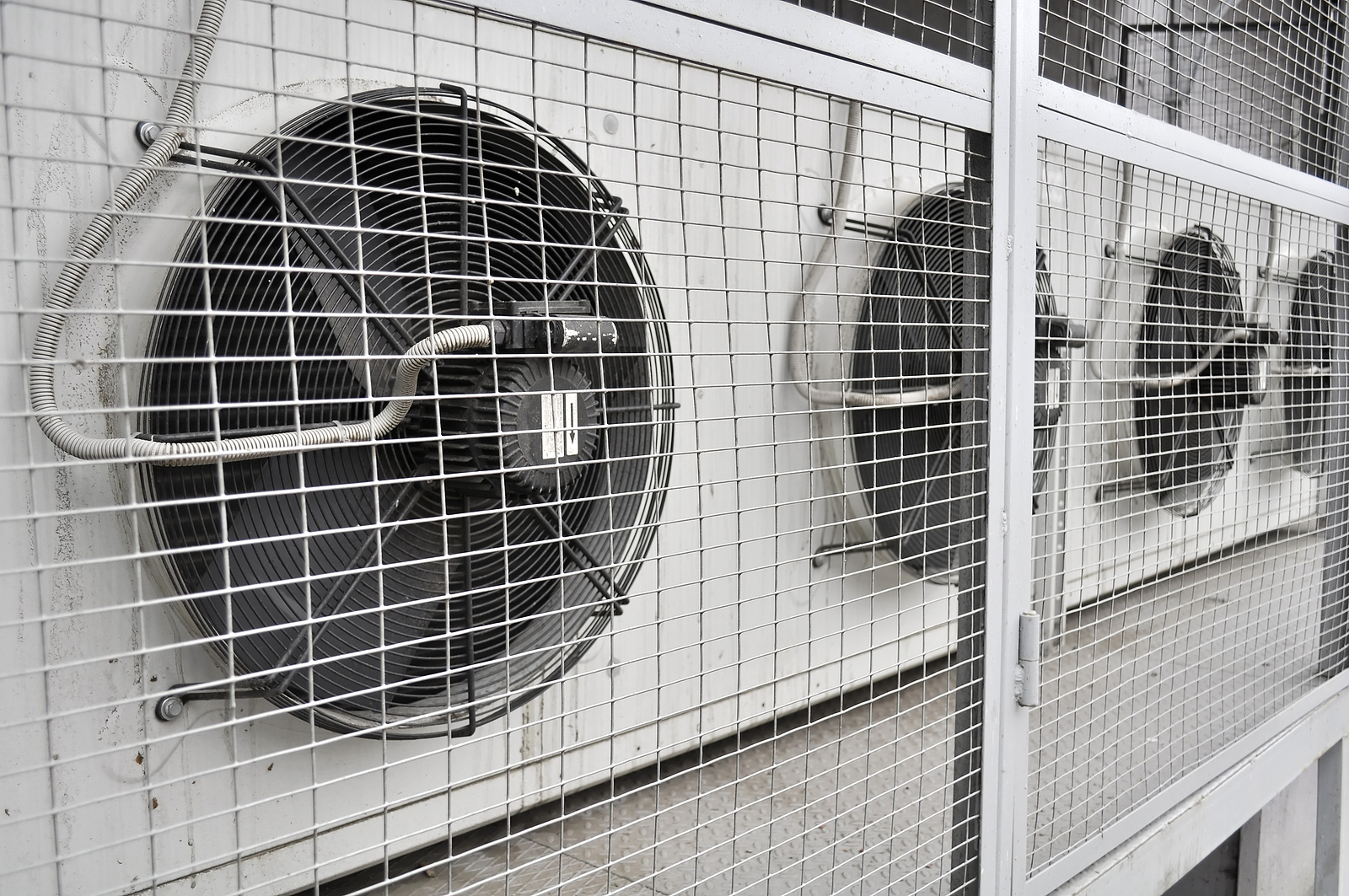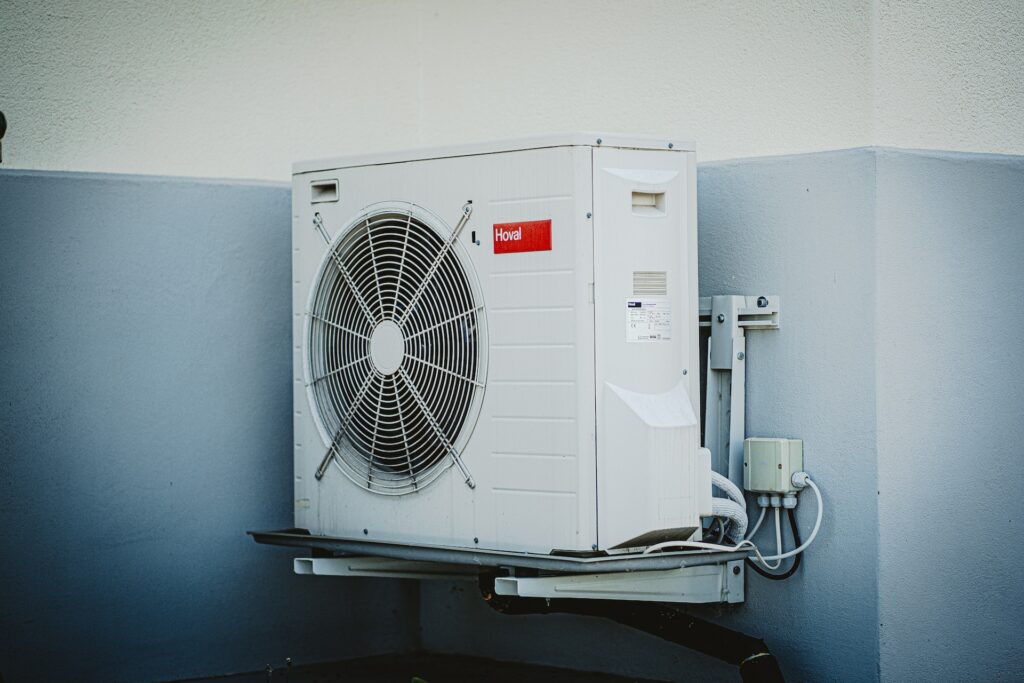
Table of Contents
Understanding Air Conditioning Noise and Its Treatment
Air conditioning white noise is just like all noise types. Whether it is air conditioning white noise or some other type of noise, you must first measure the frequency and amplitude of your noise enemy. The frequency of energy is where the noise lies on our human hearing scales. The amplitude of our noise is the strength of each frequency. If you group 8 different frequencies together you have an octave band.
The reason air conditioning white noise or any other noise type needs to be measured is because the barrier we will build to attenuate the noise is directly based upon the frequency and amplitude of noise. A barrier is a structure that we build between the noise source and the receiver. Every material type used within the barrier is frequency and amplitude dependent. The term air conditioning white noise is a misnomer.
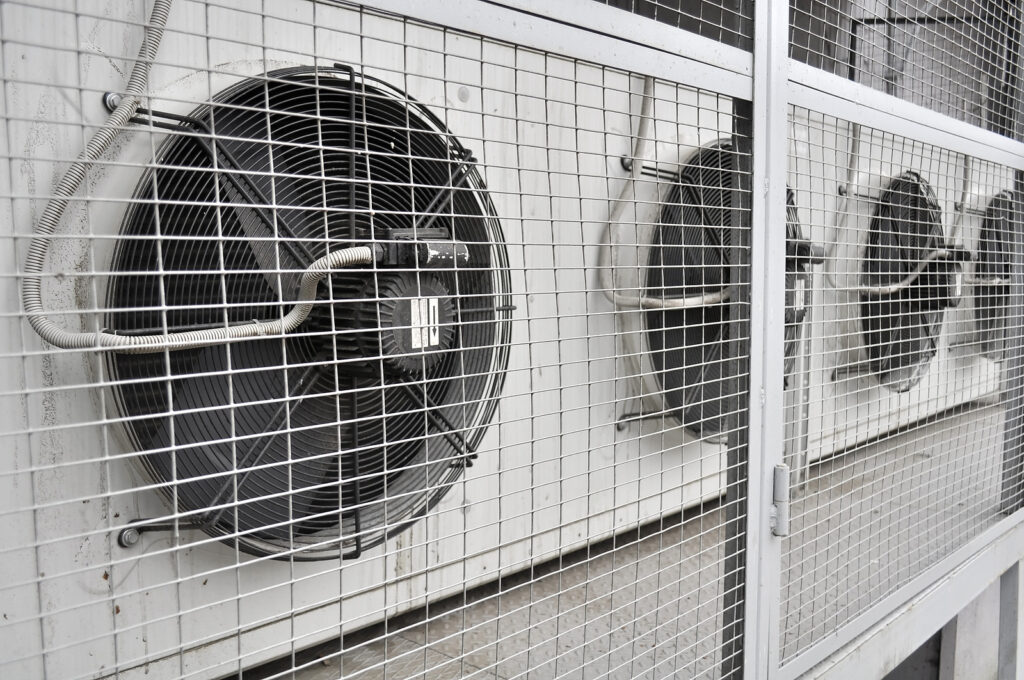
The Misconception of “Air Conditioning White Noise”
White noise is an equal representation of all full range energies. White noise is used to test instruments with. It is not air conditioner white noise. It is air conditioner noise. The accurate search term should be air conditioner pink noise. Pink noise is closer in definition than white noise. Pink noise will show the fluctuations in frequency and amplitude that the air conditioner will exhibit.
Air conditioners have fans and compressors. Compressors produce a lower frequency noise that will require many measures to be taken. First, the compressor will have to be isolated from the structure it is servicing. The second effort will focus on the fan noise and then finally the duct work itself. Over 70% of the ductwork noise is maintained in the last 25% of the duct run. To isolate the lower frequency compressor waves, we need to design and build a barrier.
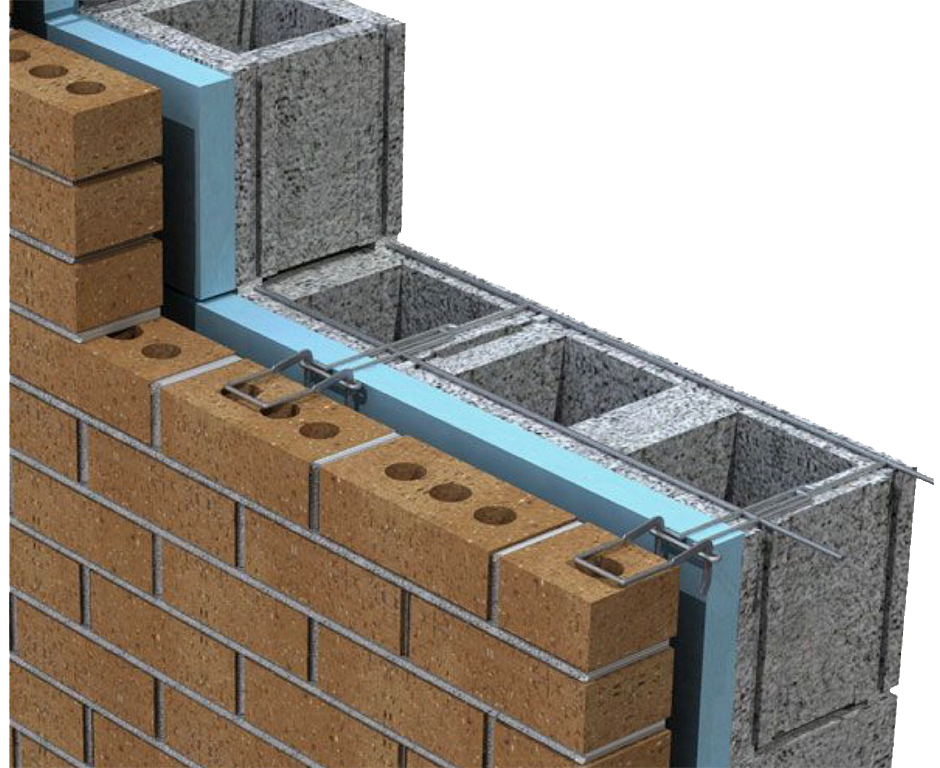
Designing Barriers for Air Conditioning Noise Control
Barriers are built to manage noise issues. There is no one size fits all noise issues. Frequencies of noise below 125 hz, are much different in materials used along with the construction methodology than noise issues that lie above 125 hz. This is why it is a requirement that all noise be measured for both frequency and amplitude. Frequency is where the noise lies within our human hearing system. The amplitude of each frequency is how strong each frequency is.
Lower frequency wave energy is much harder to attenuate with barriers than middle and high frequency energy. Low frequency wave energy is long and tall. Middle and high frequency ray energy is shorter in length and straight line like sunshine. Think low frequency pressure waves as ocean and middle and high frequency energy as sunshine.
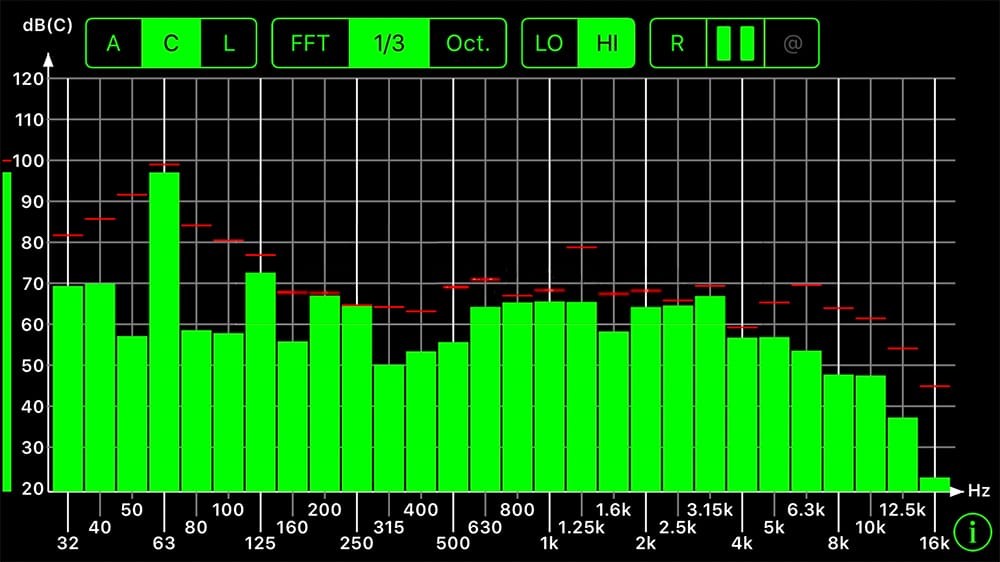
Managing Different Types of Noise Frequencies
All noise must be measured for both frequency and amplitude. We must measure noise over a seven day time period. We must measure noise twice a day. We must measure once during the quietest part of the day and once during the loudest part of each day. At Acoustic Fields, we have a system where we send you our apps to download upon your phone.
You use the apps to take both frequency and amplitude readings twice a day over a one week time frame and record your findings on our on line data form. Once you have recorded a week’s worth of data, you then send the data to us. We analyze your noise numbers and generate a drawing of the barrier you will need to build to mitigate your noise issues.
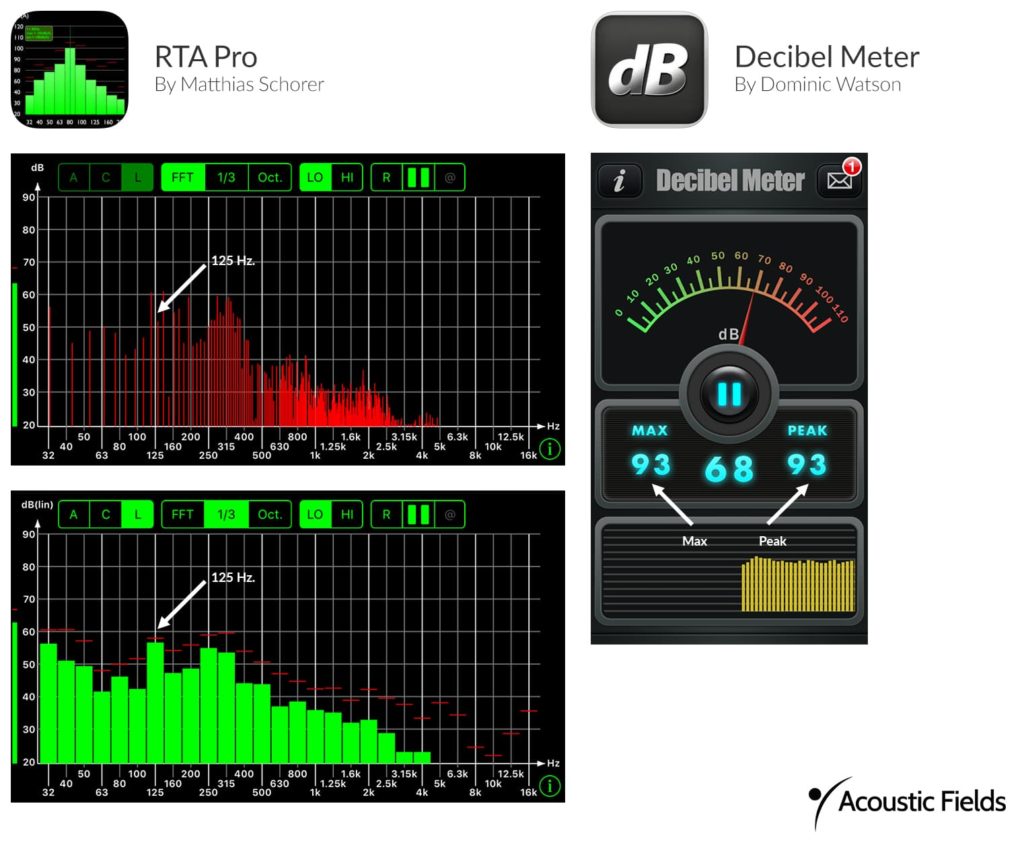
Permanent Construction Solutions for Noise Attenuation
A barrier that is used to stop noise is a permanent construction fix. There is no such thing as panels that you can hang on your walls that will stop noise transmission. There are sound absorption panels that you can use inside your room to manage low, middle, and high frequency energy within your room. If you absorb excess room energy, less energy will transmit through the walls into other rooms.
Sound absorption and noise attenuation are two completely different branches of physics that require completely different treatment types. Noise transmission is vibrational acoustics where we are trying to minimize the vibrational signature of the noise as it moves through solids. Sound absorption deals with an energy conversion into heat thus producing absorption of certain energies.


